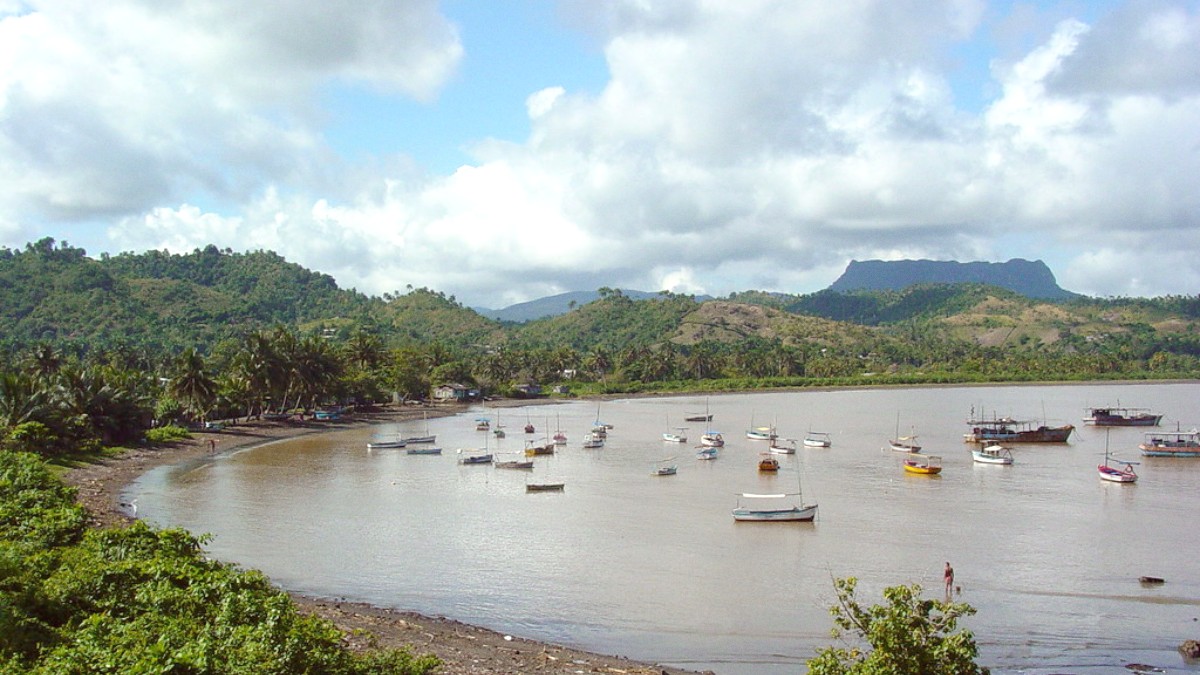
Eastern Cuba, Cuba
Baracoa offers a slower pace, encouraging you to immerse yourself in daily life. People gather in parks to chat, children play in the streets, and fishermen bring in their daily catch. You find a sense of authenticity here, a feeling that this place has resisted the rapid changes affecting other parts of the world. This welcoming atmosphere makes Baracoa a place where travelers often extend their stays. The city’s isolation, historically a challenge, has preserved its distinct cultural identity.
Baracoa occupies a remote and beautiful corner of Cuba's eastern coast, in the Guantánamo province. The city sits on the Bay of Baracoa, where the Miel River meets the Atlantic Ocean. High mountains, part of the Sierra Maestra range, encircle the city, making overland travel challenging but rewarding. The famous La Farola mountain pass connects Baracoa to the rest of the island, offering breathtaking views as you approach.
To the east, Baracoa borders the Parque Nacional Alejandro de Humboldt, an UNESCO World Heritage site known for its extraordinary biodiversity. To the west, the Rio Toa, one of Cuba's largest rivers, flows through a landscape of dense rainforests and cocoa plantations. This combination of mountains, rivers, and coastline makes Baracoa a paradise for nature lovers. The city's position on the northeastern coast means it receives more rainfall than other parts of Cuba, contributing to its lush green surroundings. This abundance of water and fertile land supports a rich agricultural tradition, notably in cocoa and coconut production.
Baracoa is a special place in Cuban history as the site of Christopher Columbus's first landing on the island in 1492. He famously described the area as "the most beautiful land that human eyes have ever seen." The Spanish founded Nuestra Señora de la Asunción de Baracoa in 1511, making it the first Spanish colonial settlement and the first capital of Cuba. This history remains visible in the city's architecture and layout. Old forts, built to defend against pirates and invaders, dot the coastline and hillsides, reminders of a turbulent past.
For centuries, Baracoa remained isolated from the rest of Cuba due to the surrounding mountains. The city’s distinct cuisine, especially its use of coconut milk and cocoa, reflects this blend of influences. Baracoa also played a role in Cuba's independence struggles. Its remote location made it a refuge and a strategic point for revolutionary activities throughout history. Visitors can trace this rich past through the city's museums, forts, and the stories told by its older residents. The Cruz de la Parra, a wooden cross said to have been planted by Columbus himself, sits in the city's cathedral, providing a tangible link to this deep history.
Christopher Columbus arrived here in 1492.
Founded in 1511, it served as Cuba's first capital.
Old forts dot the coastline, remnants of defense against pirates.
Isolation shaped its distinct coconut and cocoa-infused dishes.
A wooden cross in the cathedral, linked to Columbus.
Visit the Museo Municipal Fuerte Matachín. This enables you to grasp Baracoa's long history, from its Taino roots to its colonial development.
Baracoa's unique position has preserved a relaxed pace and a strong sense of cultural identity, distinct from other Cuban cities.
Interacting with residents, listening to local music, and observing daily life define the Baracoa experience.
Explore the city's unique charm, rich history, and local culture, making for a truly authentic Cuban adventure.
Baracoa, Cuba's oldest city, offers travelers an unique and authentic Caribbean experience. Here is a quick overview to help you plan:
Location: Situated on Cuba's northeastern coast, in Guantánamo province. Mountains surround the city, and the Atlantic Ocean borders it. The isolation of the region has preserved unique traditions, music, and especially a distinct cuisine that heavily features coconut and cocoa.
Tropical, with high humidity. Temperatures stay warm year-round, ranging from 20°C (68°F) to 32°C (90°F). The dry season runs from November to April, while the wet season, with higher rainfall and hurricane risk, occurs from May to October.
Historical sites like Catedral Nuestra Señora de la Asunción and El Castillo Seboruco. Natural wonders include El Yunque and Parque Nacional Alejandro de Humboldt, along with the Rio Toa and Playa Maguana.
Known for dishes prepared with coconut milk, homemade chocolate, and the unique sweet Cucurucho.
Accommodation: Casas Particulares (private homes renting rooms) represent the most common and recommended lodging, offering an immersive cultural experience. A few state-run hotels also exist.